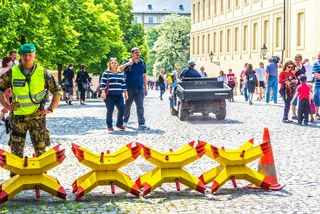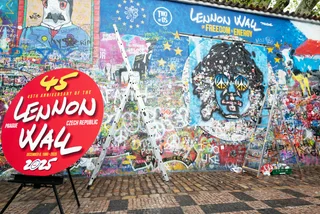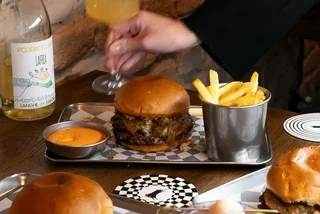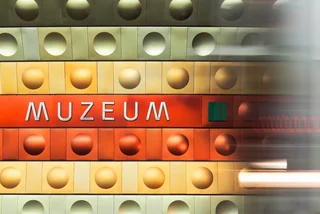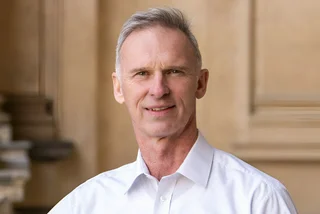On Sept. 28, the people of the Czech Republic come together to honor their national saint and patron, St. Wenceslas. Thousands of pilgrims gathered Wednesday in Stará Boleslav, near Prague, the very place where Sr. Wenceslas was murdered. This annual event, known as the National St. Wenceslas Pilgrimage, is a tradition rooted in Czech culture.
A mass and ancient relic
The pilgrimage, set against the backdrop of Mariánské náměstí in Prague's Brandýs nad Labem-Stará Boleslav district, begins with an open-air mass at 10 a.m. Cardinal Dominik Duka presides over this occasion, with Bishop Jan Baxant of Litoměřice delivering the sermon. The Archbishop of Prague, Jan Graubner, blessed pilgrims at Brandy Castle at 9:15 a.m. Notable figures, including President Petr Pavel, join these religious leaders in paying homage to St. Wenceslas.
An essential element of this pilgrimage is the presence of St. Wenceslas's relic, this year housed in a herma; a unique reliquary in the shape of a head containing his remains. After a concert and vespers, the relic is placed in the basilica's crypt, open for public viewing from 1 p.m. to 5 p.m. This relic connects pilgrims to their history and faith.
For a guide to what is open today and which public buildings you can visit, see our article here.
Stará Boleslav holds a special place in Czech hearts, as the oldest pilgrimage site associated with St. Wenceslas and the Marian devotions. The Roman Catholic Church reinstated the National St. Wenceslas Pilgrimage in 2003. Though Covid-19 limited the event in 2020 and 2021, last year saw the return of the traditional mass without participant restrictions, filling Mariánské náměstí's 7,000-person capacity.
Saint Wenceslas was a 10th-century Bohemian prince and the Duke of Bohemia. He is revered as a Christian martyr and a patron saint of the Czech people. Wenceslas is best known for his strong Christian faith and his efforts to spread Christianity in Bohemia during a time of political and religious turmoil. He is known for his legendary acts of charity, where he braved harsh winter conditions to provide aid to the poor, a story immortalized in the Christmas carol "Good King Wenceslas." His tragic death at the hands of his brother Boleslav I, in 935 AD, solidified his status as a symbol of Christian virtue and sacrifice. He was canonized soon after.
A host of events
This year's pilgrimage offers not just a spiritual program but also a diverse accompanying schedule. Bands perform on Mariánské náměstí, and a St. Wenceslas procession reenacts the prince's symbolic return to his tragic site of murder. An exhibition centered on St. Wenceslas and other Czech patrons is showcased at the Assumption Basilica grounds. The pilgrims' concert takes place at 5:30 p.m. in the Basilica of the Assumption of the Virgin Mary, concluding with a festive fireworks display in Houštěk at 8:30 p.m.
Prince Wenceslas's legacy spans centuries. Murdered on Sept. 28, 935, by political adversaries, including his brother Boleslav I, he was later declared the eternal ruler of Czech land. Charles IV spread the cult of St. Wenceslas throughout Europe in the 14th century. Despite being exploited by the Nazis during World War II and misrepresented as weak by the communist regime, his memory endures.
Sept. 28th holds special significance in the Czech Republic. Since 2000, it has been celebrated as Czech Statehood Day, a public holiday. On this day, shops with an area exceeding 200 square meters are legally required to remain closed.
The National St. Wenceslas Pilgrimage, with its rich history and enduring traditions, not only honors Czech statehood, but also fosters a sense of unity, spirituality, and cultural pride among the people of the Czech Republic.













 Reading time: 3 minutes
Reading time: 3 minutes 


 English
(Proficient)
English
(Proficient)


